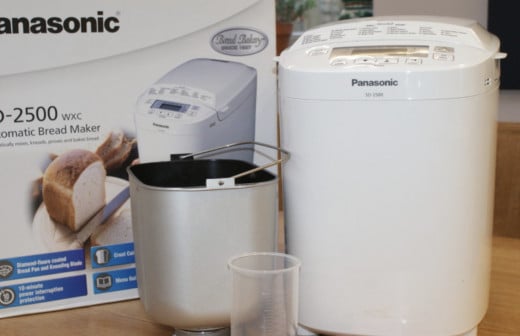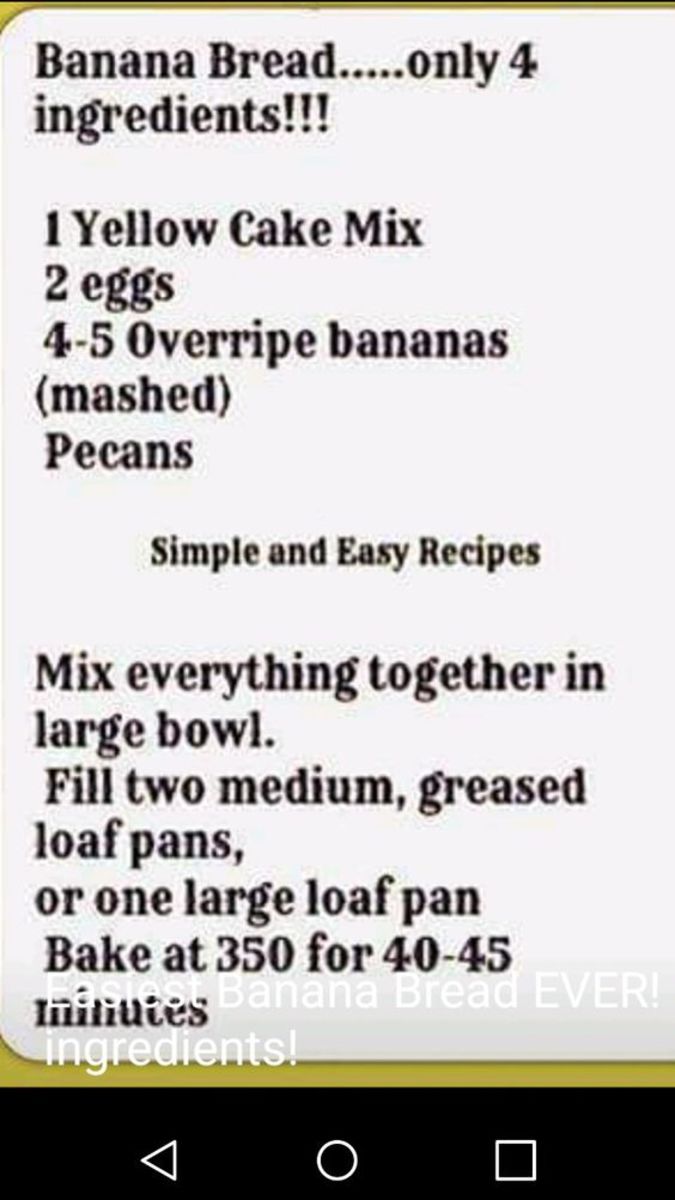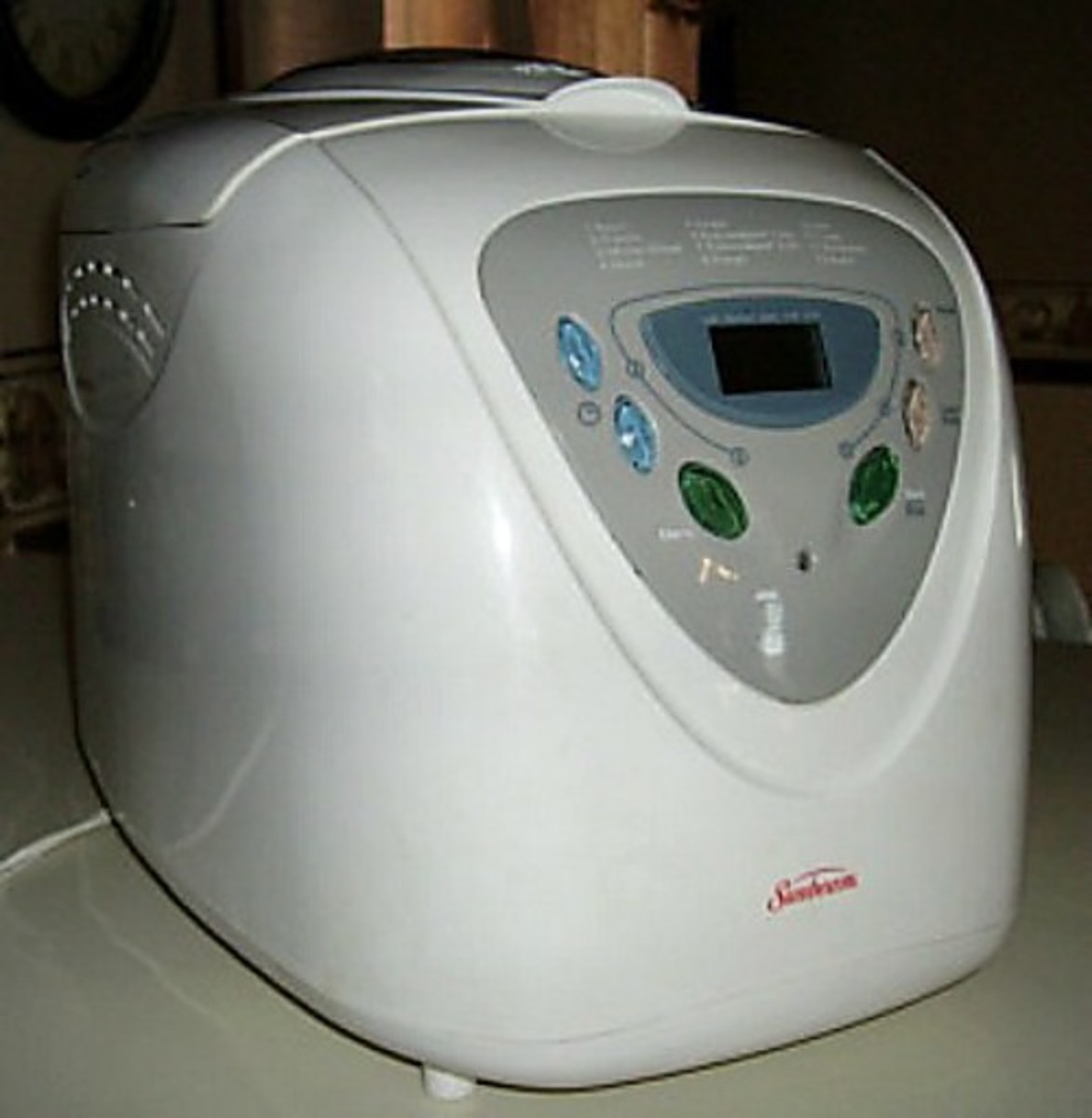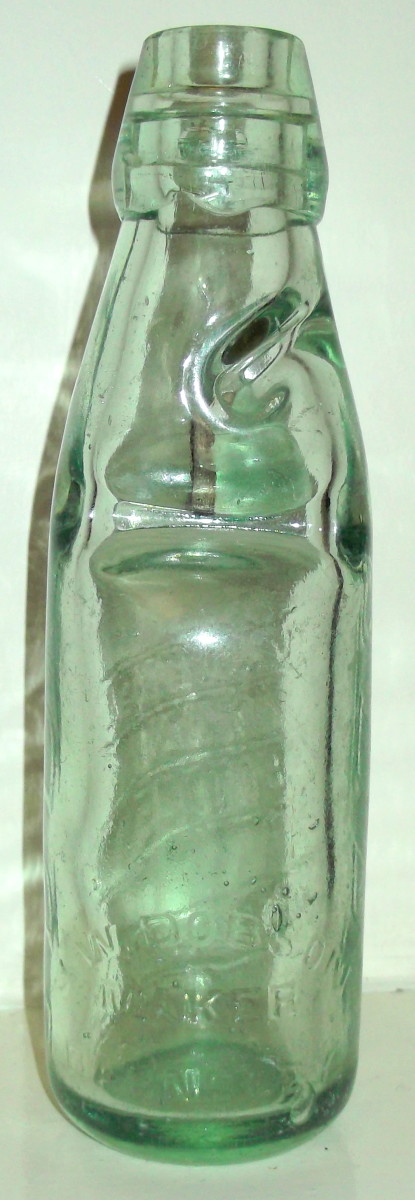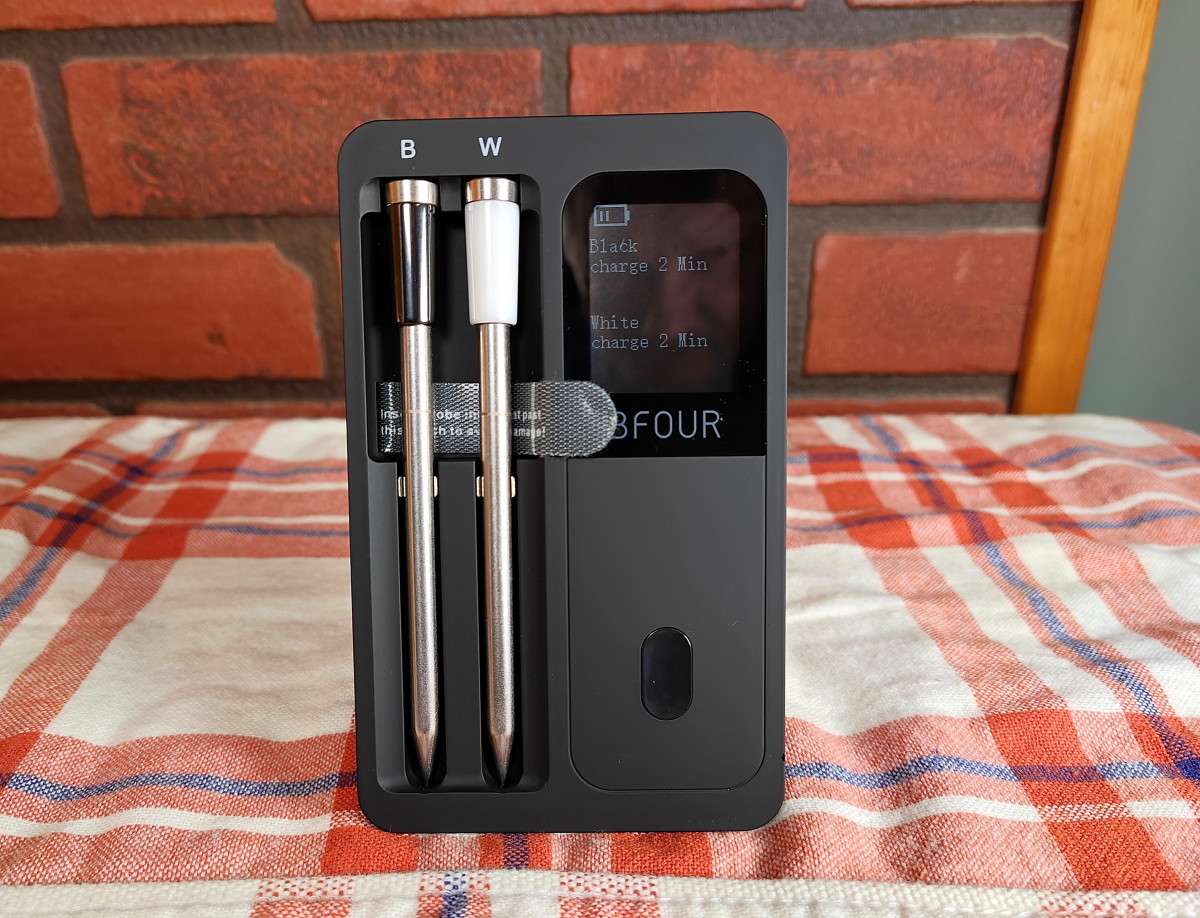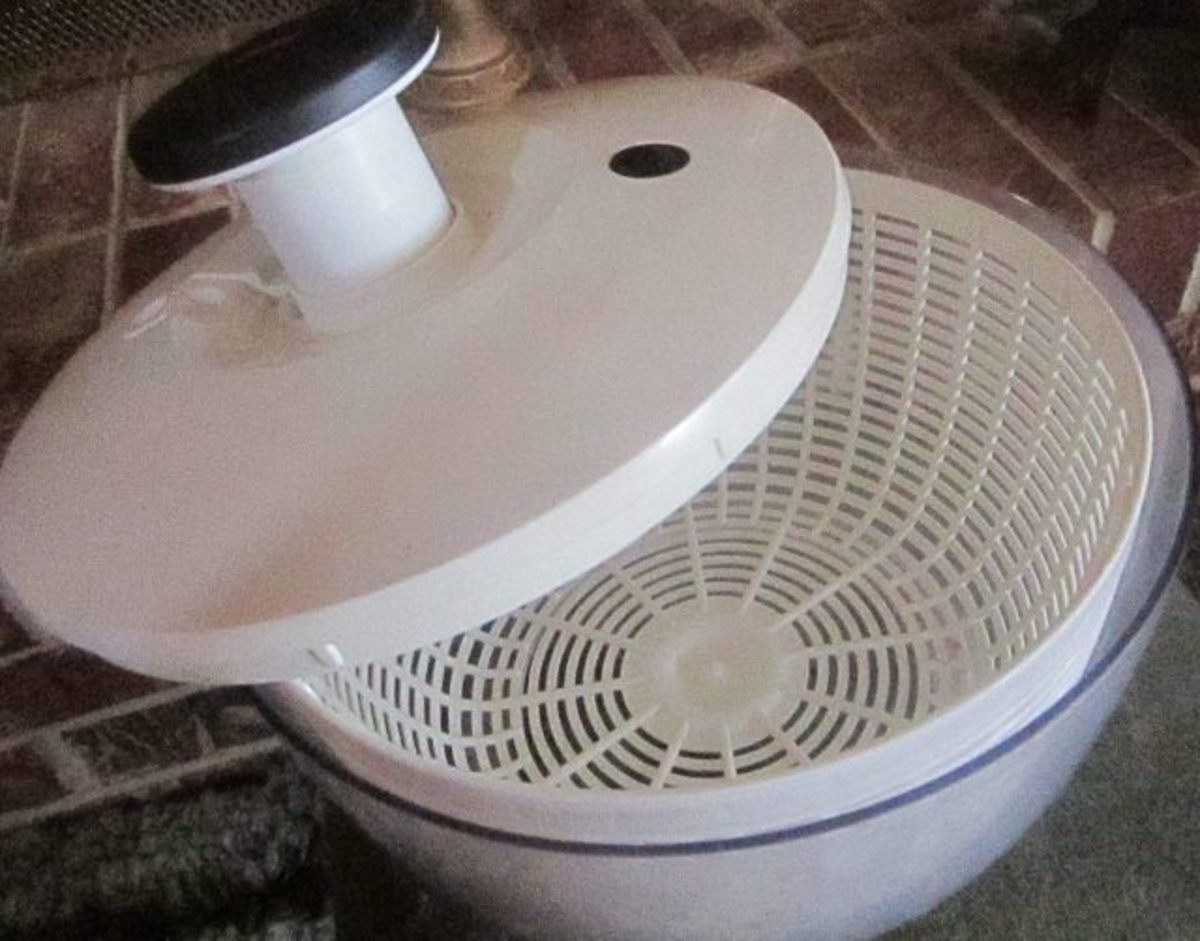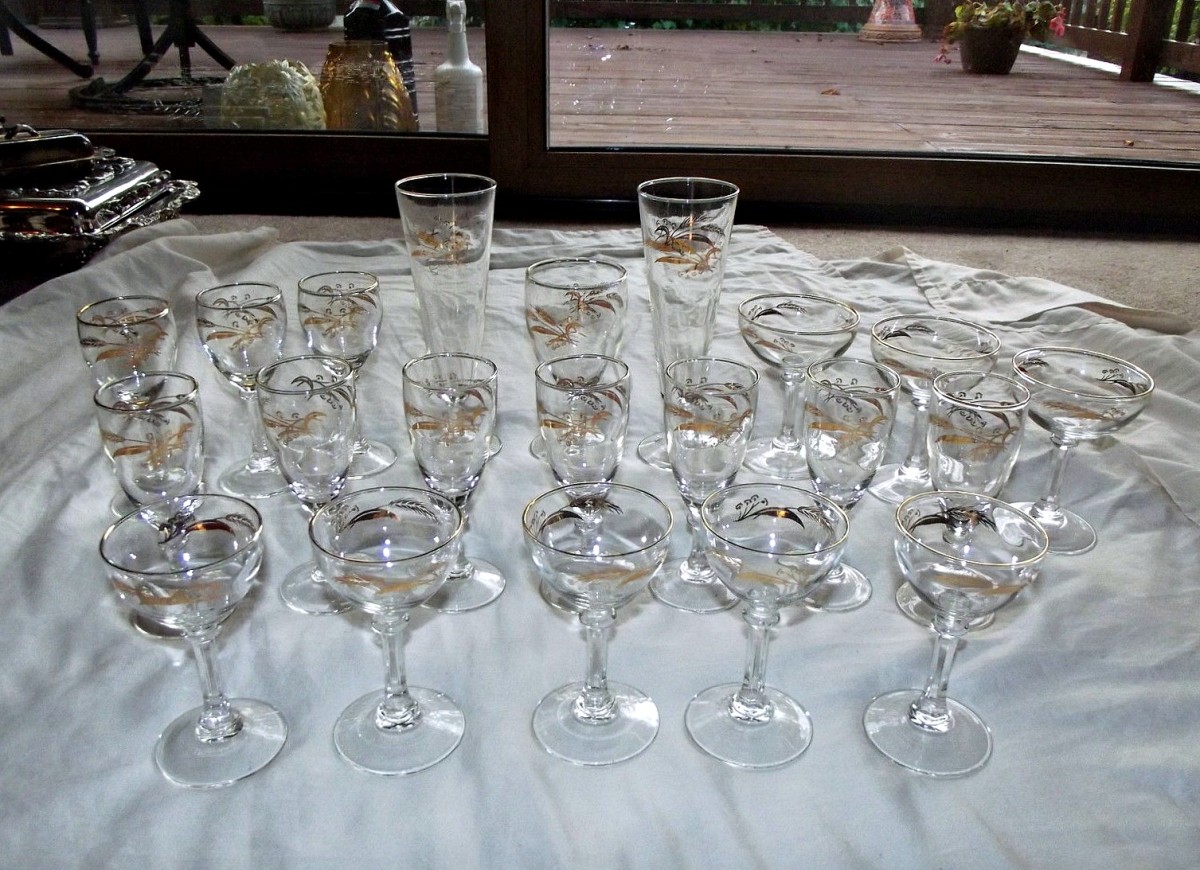Bread-Maker? - Use Your Dough!
Prove your bread!
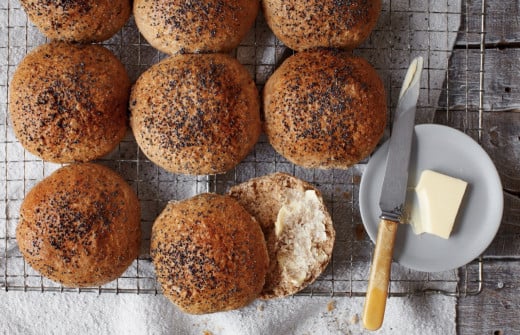
Home made is better than sliced supermarket bread
In many ways bread is no longer just a staff of life. It’s something fashionable. Once a staple of East and West – at least in the Old World, the humble potato became an equivalent staple by the 18th century, but for those who could afford the ingredients and the labour of making it (not necessarily the poorest of houses) it remained a rich source of nourishment.
In the 20th century the role of bread shifted with industrialised bread making. First white bread, then wholemeal, wrapped in plastic and then sliced – ideal for sandwiches. In order to cut costs and to enhance the product, adulteration of ingredients would have been common from the first days of commercial bread production. Industrially produced bread is likely to contain soya flour, palm oil, various salts, preservatives and maybe some nutritional enhancers like vitamins and minerals. The product will invariably be wrapped in single use plastic.
Soya flour and palm oil are environmentally damaging and can be implicated in the destruction of the rainforests. Single use plastic can pollute the environment. It may be cheap and flavourful, but wholesome would be only what the company that makes them wants you to think. Good quality commercial bread exists, but it’s expensive and the best varieties like French baguettes if they’re really fresh, don’t last well beyond 24 hours.
Modern electric bread-makers are a neat solution. Purists would decry the absence of the labour involved from mixing to kneading, but at least you know the exact ingredients, have a choice over them and obtain a fresher product that doesn’t need plastic wrapping (granted that fast yeast comes in little plastic sachets – we’re working on it). A good bread-maker does not take much space in the kitchen. Maybe one square foot. If you’re making a loaf from start to finish, it consumes less energy than using the oven. There’s often a mixer paddle involved that you may have to fish out from the completed loaf, but the latest machines have systems to avoid leaving the paddle stuck in the loaf. These bread-makers can also make sourdough bread (somehow), gluten free bread, cakes and even jam. Manufacturers provide detailed recipes.
Bread-makers can also turn out dough. You can produce a good pizza dough, roll it and make your own pizza in the oven. That’s handy. The dough recipes can also be used to make bread rolls and baguettes. After a while, I got a little sick of the large loaves produced by my bread-maker. Though tasty, the bread went off quickly and I couldn’t eat enough of it in a hurry.
My staple from the bread-maker for which I’m so grateful are bread rolls. Five hundred and fifty grams of flour (1.2lb) can produce up to 14 good sized rolls. I normally make a whole wheat mix using a 50% white and 50% whole-wheat dough recipe. It produces the dough in just over 3 hours. You just measure the ingredients into the pan inside and forget about it. The dough can live there for some time, though it may rise a little. Then it’s time to put the dough onto a floured tray, ball it up and top with black sesame or poppy seeds or other grains, place on two greased trays (I use lard) that are tiered, one over another and this double decker rack is put in a quiet place (no need to cover really) to prove the rolls for 2-12 hours (you can be flexible). Then the bread rack is placed in a pre-heated microwave oven at 2000C (just using the oven setting) to cook for half an hour. Usually I eat a few but the remainder are boxed and frozen. Each time I need a pair of loaves, I microwave them using about 20 seconds per roll. Five quality bread rolls would cost around £2 per five (last time I checked) commercially, but mine are definitely better and cheaper.
You can eat them with butter, clotted cream, jam, marmalade, pate, fish paste – even Chinese chilli oil. By freezing the rolls they remain fresh and all you need is to heat them for 20 seconds apiece. A batch of 14 rolls will last about a week and are good for breakfast. The bread-maker is not overtaxed as it’s not heating up and this bread-maker of mine has now lasted over a decade (my mother got it for me). There are much better ones out there, but this will do. At the time of writing, the best bread-maker brand remains Panasonic (based on many reviews including the most recent - get one with a large pan) that sort of pioneered them.
I’d like to make handmade bread, maybe in a Dutch oven, but while dreaming about what I’d like to make (without having the time), the bread-maker makes my breakfasts a dream. I feel I’m saving money – after all, if you make a trip to the supermarket to buy bread, what else would you buy that wasn’t on your list? Cut out the bread and you have more time to choose butter, jam and other things to go with your delicious rolls, crafted by that robot.
Fresh bread with real ingredients has never been more accessible. Breadmaking is a craft and roots you to an ancient art. A little cheating using a machine is a lot better than the supermarket breads that are not accountable about environmental ethics (if they get those sorted, we could pay more attention). So, they’re good as are rice cookers (also amazing). As for deep fat fryers – I’m afraid my kitchen is still a little small and I have to share it with others.
When a job is done the machine beeps. It has tens of pre-programmed settings and is usually fairly quiet when working. It’s also easy to clean. Eat well.
The best brand is ...
